The benefits of pure organic selenium
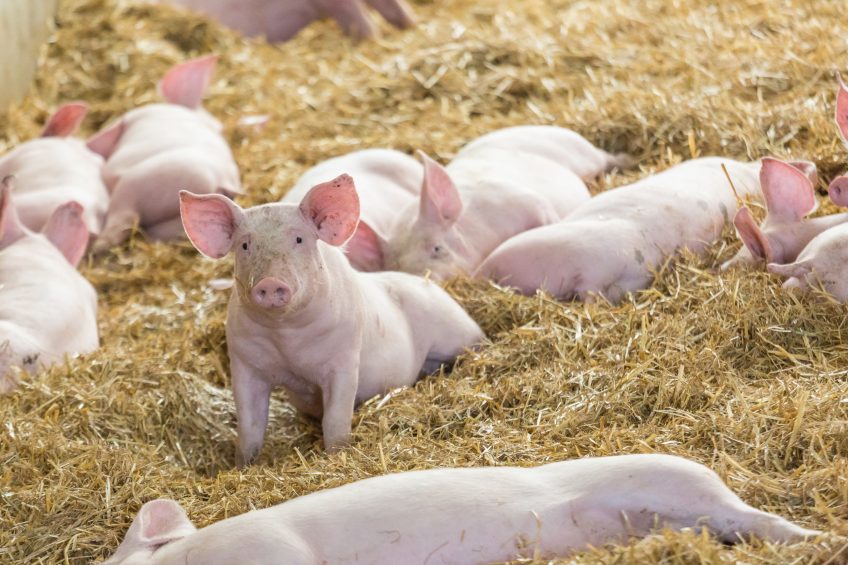
Whilst the role of selenium in the health and performance of piglets is clear, it is not always supplied in the optimum manner. By enhancing selenium reserves, more will be available to provide antioxidant protection, during stressful episodes; including weaning and sanitary stress.
Weaning is a known stressful event for piglets. They face dietary, social and environmental changes. These conditions can increase oxidative stress and influence health, disease and ultimately mortality. Oxidative stress conditions, through the production of reactive oxygen species, can induce pro-inflammation signals and impair the immune system. Altogether, this can affect general health and compromise animal growth performance.
The antioxidant function of selenium
Reactive oxygen species (ROS) are activated molecules of oxygen; they are found in feed and the environment, or can be produced by the cell itself. Mitochondria, for example, is a major source of ROS because of some electron leaking during energy metabolism. Various modifications in the environment (weaning, heat spells, for examples) can negatively influence these mechanisms, and result in increased oxidative stress which causes damage within the body. On the other side, macrophages can on purpose produce free radicals as a weapon against invaders. But without enough antioxidant reserves, immune cells may be negatively affected, and consequently less effective. Antioxidants are thus needed to protect the immune cells themselves.
Selenium plays a very important role in the pig’s antioxidant defences. It is present in tissues either as selenomethionine (SeMet) within selenium-containing proteins or as selenocysteine (SeCys) as part of the catalatic site of selenoproteins. A great part of these selenoproteins play an important role in antioxidant systems. It includes glutathione peroxidases (GSH-Px) and thioredoxin reductases, which detoxify ROS. Their main role is to maintain the pro and antioxidant balance. Selenoprotein location and expression are highly tissue specific and dependent on selenium availability within the body. By supplementing diets with an adequate source and level of selenium, farmers can help to maintain the redox balance and ensure optimal antioxidant status for piglets.
Source is key to efficiency
Selenium can be supplemented under various forms, organic or inorganic. The most commonly used organic forms are selenised yeasts, which contain variable content of selenomethionine, depending on their quality. The efficacy of selenoyeasts is dependent on the proportion of Se present as SeMet. Pure forms of organic selenium, such as hydroxy-selenomethionine (OH-SeMet), are increasingly gaining interest because they are 100% bioefficient, providing 100% of SeMet. OH-SeMet is the most effective source in inducing both higher SeMet storage and higher SeCys content in the tissues and plasma.
By enhancing SeMet levels in tissues, a reserve of selenium is created, available for use under oxidative stress situations. OH-SeMet is also highly efficient in raising the level of selenoproteins in animals, which as discussed earlier is key to antioxidant protection. Selenium availability and oxidative stress are major factors that determine selenoprotein expression.
At the end of the weaning period, piglets have to develop their own antioxidant defences, as they don’t benefit anymore from transfers through milk. Selenium supplementation is crucial during this period. A trial conducted by Sichuan Agricultural University (China) has shown how OH-SeMet (Selisseo, Adisseo) can improve the antioxidant capacity of piglets. Weaned piglets were fed a negative control diet, a positive control diet (0.3mg/kg of selenium from Sodium Selenite (SS)) or a trial diet containing 0.2mg/kg of selenium supplied as OH-SeMet, for 28 days. Liver and serum samples were taken to determine the total antioxidant capacity (TAC). Analysis showed that OH-SeMet significantly improved the TAC in the serum and numerically in the liver (Figure 1).
Figure 1 – Total antioxidant capacity in the serum and liver of 49 day-old piglets (trial made at Sichuan Univ.).

These effects were coupled with an increase in piglet performance, demonstrated by a numerical improvement in feed to gain ratio (Figure 2).
A reduction in the occurrence of diarrhoea was also observed in this study (Figure 3). OH-SeMet treatment, significantly reduced the diarrhoea rate compared to negative and positive controls. This is thought to be due in part, to the improved immune status of piglets fed OH-SeMet.
Enhanced defence against pathogens
Research carried out by Schothorst Feed Research, evaluated the effect of selenium source on immune response. Weaned piglets were fed a diet with no selenium added or those with 0.3 mg/kg of selenium, supplied by either SS or OH-SeMet. The animals were either injected, on day 21 of the study, with an E. coli lipopolysaccharide (LPS), in order to initiate an immune response, or a placebo. The LPS challenged pigs fed OH-SeMet showed a higher anti-inflammatory response, as demonstrated by a 101% increase in the level of anti-inflammatory cytokines (IL-10), compared to SS. It was also noted that there was a peak in IL-10 from 1.5 to 3 hours after the challenge and that this was higher in animals fed OH-SeMet. This suggests that this form of selenium may promote a faster anti-inflammatory response, in case of pathogen attack.
The impact of selenium source on the immune responses in piglets implies that OH-SeMet could help weaned piglets to express their full immune potential in case of stressful conditions. The levels of certain antibodies were higher in pigs fed OH-SeMet. A significant increase in IgM titres may further enhance the protective barrier function of the gut.
Piglets have huge genetic potential but may not always be able to express it. The effect of oxidative stress is one area where an animals’ fragility is exposed. By providing piglets with optimal antioxidant protection there is a better chance of them meeting their performance targets. Adequate selenomethionine levels have an effect on overall antioxidant balance in the animal. Coupled with the health benefits, improved selenium status can increase economic returns.
Join 18,000+ subscribers
Subscribe to our newsletter to stay updated about all the need-to-know content in the pigsector, three times a week. Beheer
Beheer

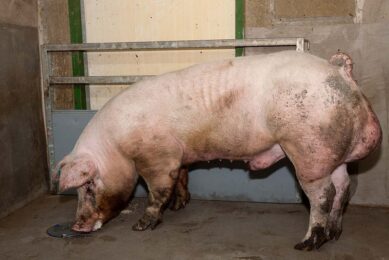
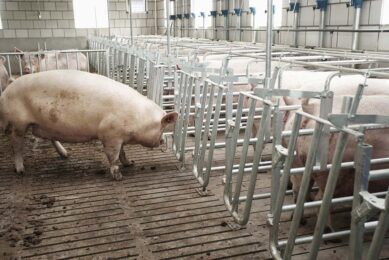
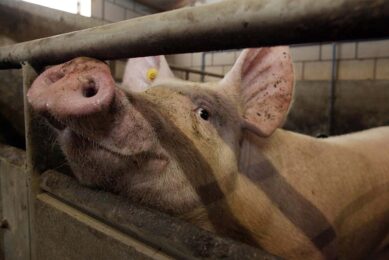
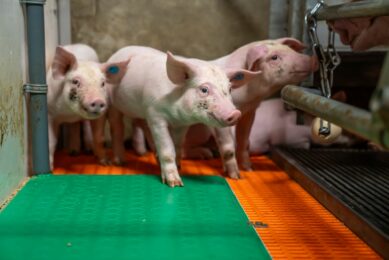





 WP Admin
WP Admin  Bewerk bericht
Bewerk bericht